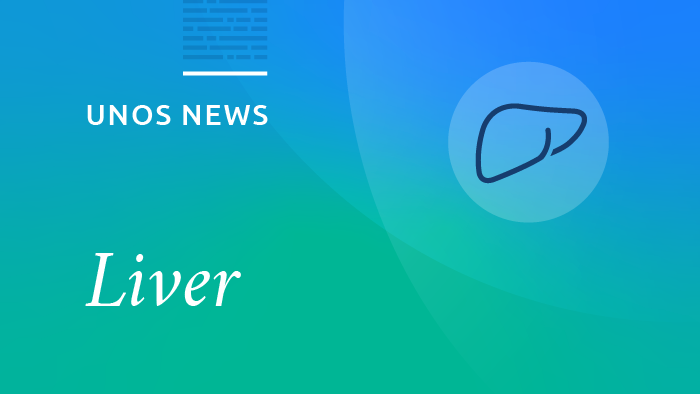On behalf of the OPTN/UNOS Liver and Intestinal Organ Transplantation Committee, I again want to thank all who have taken the time to learn about our efforts to improve liver distribution and to offer valuable feedback. About 200 people attended in person the forum we sponsored on June 22, and about 210 more participated via webinar.
Given your input, and our committee’s consideration of your feedback at our June 23 meeting, no policy proposal is immediately forthcoming. Based on your ideas and questions, our committee unanimously resolved both to consider additional results in modeling of concepts previously developed and to further analyze an additional concept. We expect to have these new analyses available over the next few months to share again with you and guide our policy development.
The current distribution options that have been modeled include 4 and 8 districts, with potential priority (proximity) points for candidates close to the location of the donor hospital. An additional option to be modeled is to add a proximity point component to the existing 11 OPTN regions. Based on your feedback, future results for modeling these options will include variation in candidates’ biologic (or “lab”) MELD/PELD score at transplant, to evaluate the results without the bias of varying exception point practices across the country.
Also based on your input, we will further investigate the additional concept of using concentric circles based on the donor location, with additional proximity points given to local candidates. We resolved unanimously to model the concept of 500-mile concentric circles from the donor location, with additional priority given at radii of 150 and 250 miles. In addition, we will continue our emphasis on assessing the cost and transportation implications of any system of broader sharing.
You also advised us on a number of issues that may not immediately relate to liver distribution policy but that certainly impact the effectiveness of our life-saving treatment of patients. These include increasing organ donation; further refining exception score assignments, especially for candidates with hepatocellular carcinoma; and addressing center acceptance practices to increase utilization of available livers. Our committee will further assess initiatives to address these vital considerations.
This discussion has reinforced the fact that to improve our field in any of these areas, we must work as a community. Our field of medicine is uniquely collaborative; our policy-making process can be no less. Our committee remains committed to work in a transparent manner and seek your ideas and expertise, so that together we may provide all of our transplant candidates and recipients the best possible opportunity for life-saving care. We ask that you continue to remain involved in these vital discussions and offer constructive feedback to advance our collective mission.
We will continue to provide updates as we have more information to share. In the meantime, please share your questions and comments with us at [email protected].

